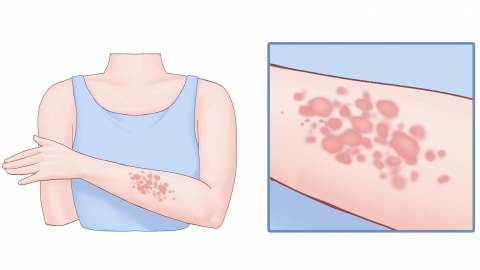Do blisters after burns need to be treated?
Generally, whether blisters that appear after a burn require treatment depends on factors such as the size, severity, and stage of the blister. If there is discomfort or uncertainty about how to manage it, prompt medical attention is recommended. Specific details are as follows:

If the blisters are small in size, few in number, unbroken, non-oozing, and occur during the early recovery phase of the burn, they usually do not require intentional puncturing. These blisters can help protect the newly forming skin tissue underneath, reduce the risk of external contamination, and should be left intact. Keeping the area clean and dry allows the blisters to be gradually reabsorbed and heal naturally.
If the blisters are large, interfere with daily activities, or show signs of rupture, significant fluid leakage, redness, swelling, or increasing pain—indicating possible infection—timely intervention is necessary. Under clean, disinfected conditions, the fluid within the blister should be drained while preserving the overlying blister skin to protect the wound bed, avoiding direct removal which could expose the wound.
In daily care, avoid friction or pressure on blistered areas to prevent accidental rupture. Use sterile instruments when handling wounds and avoid contact with unclean objects. If signs such as pus formation, fever, or delayed healing occur, seek medical attention promptly and follow healthcare provider instructions for further wound care and treatment.







